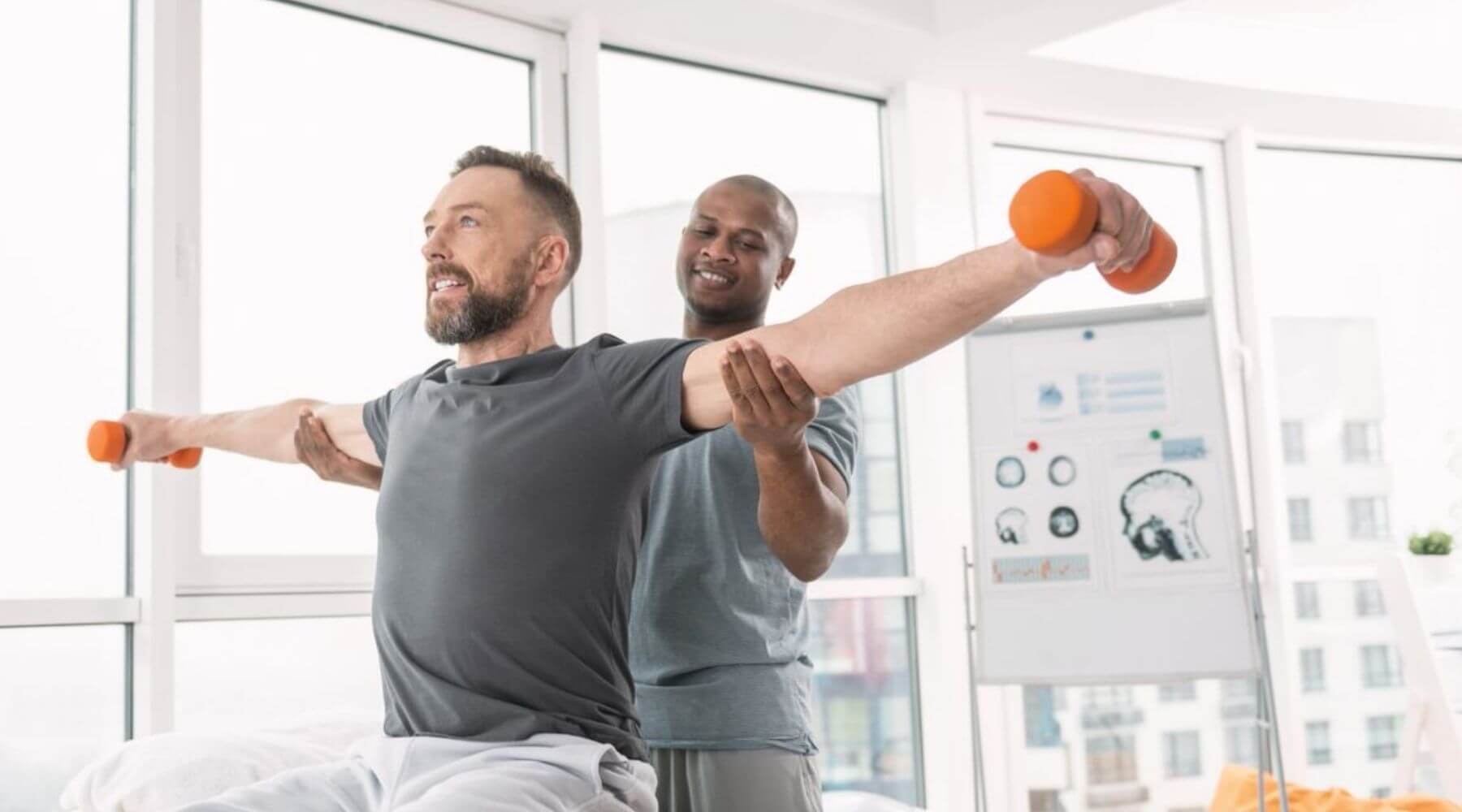Effective Hydration Methods for Optimal Rehabilitation After Exercise
Wiki Article
Fluid intake is a crucial aspect of recovery after physical activity. When individuals engage in fitness activity, their bodies lose fluids through sweat and breathing. This loss can lead to dehydration, which negatively impacts restoration and overall performance. To ensure ideal recovery, it is essential to comprehend effective hydration strategies. Staying properly hydrated helps restore lost fluids, restore electrolyte balance, and support physical recovery.

One efficient method for hydration is to consume water prior to, during, and following exercise. Consuming water before exercise prepares the body for physical activity and helps prevent dehydration from the beginning. During exercise, taking little sips of water can maintain hydration levels, especially during extended or vigorous workouts. After exercising, consuming water restores lost fluids and aids in recovery. It is crucial to pay attention to the body and consume water when feeling thirsty, as this is a instinctive indicator of hydration needs.
In furthermore to water, sports drinks can be beneficial for hydration, especially after vigorous exercise. These beverages often include electrolytes such as sodium and potassium, which are lost through perspiration. Restoring these electrolytes is crucial for muscle function and overall recovery. However, it is essential to select click this sports drinks wisely, as some have high levels of sugar. Choosing for low-sugar or electrolyte-focused drinks can provide the necessary benefits without excessive calories.
Another crucial strategy is to observe urine color as an sign of hydration status. A pale yellow color typically indicates proper hydration, while dark urine may suggest dehydration. This simple method helps people evaluate their fluid intake and make modifications as needed. Additionally, eating hydrating foods such as fruits and vegetables can contribute to overall fluid intake. Foods like melon, cucumbers, and oranges have role of exercise in musculoskeletal rehabilitation elevated water content and can support hydration initiatives.
Finally, developing a hydration plan can enhance recovery after physical activity. This strategy should include specific amounts of water and electrolytes to consume based on personal activity levels and surrounding conditions. By setting hydration goals, people can ensure they meet their requirements consistently. Adopting these effective hydration strategies can lead to improved recovery, better effectiveness, and overall well-being after exercise.